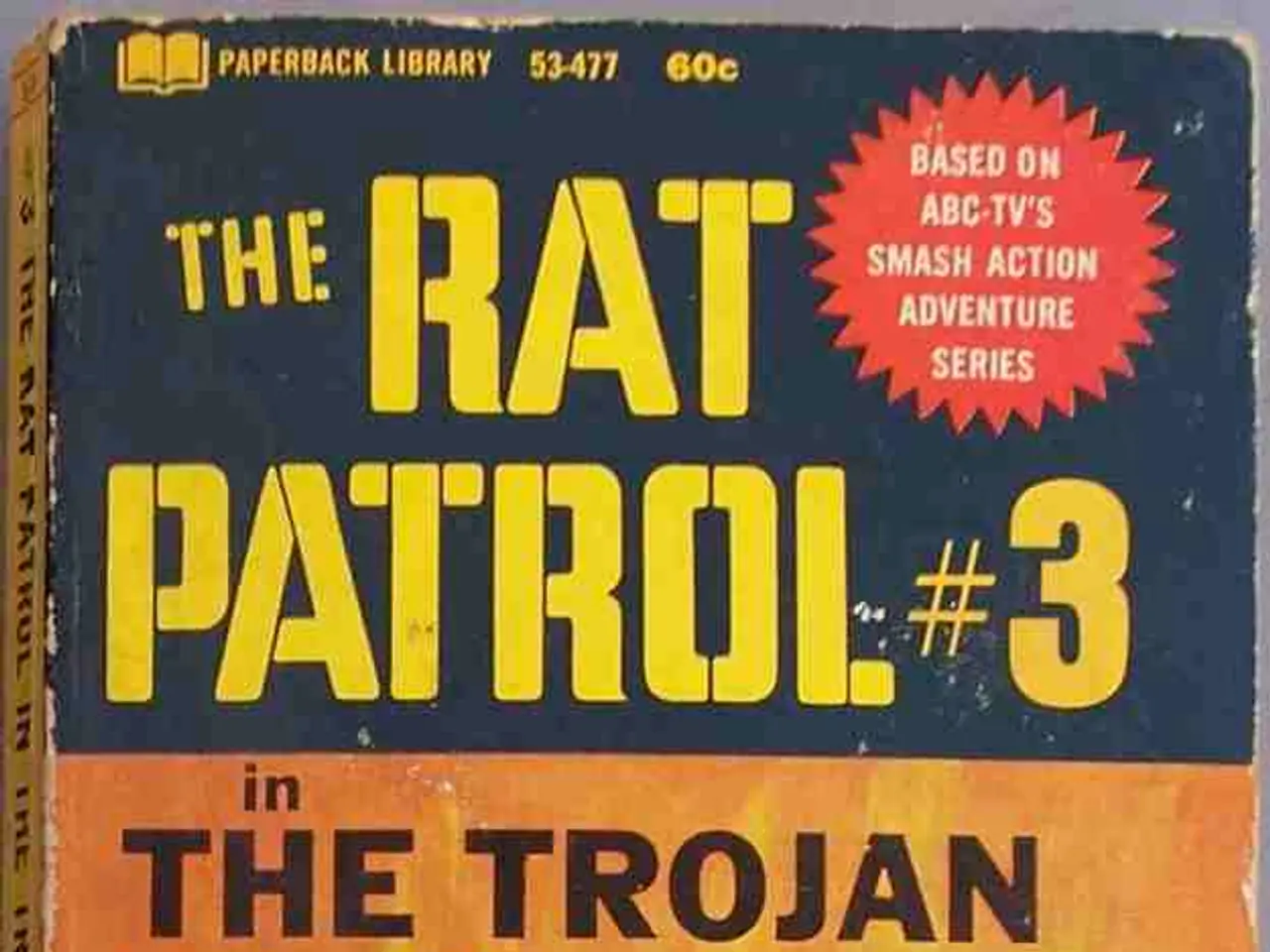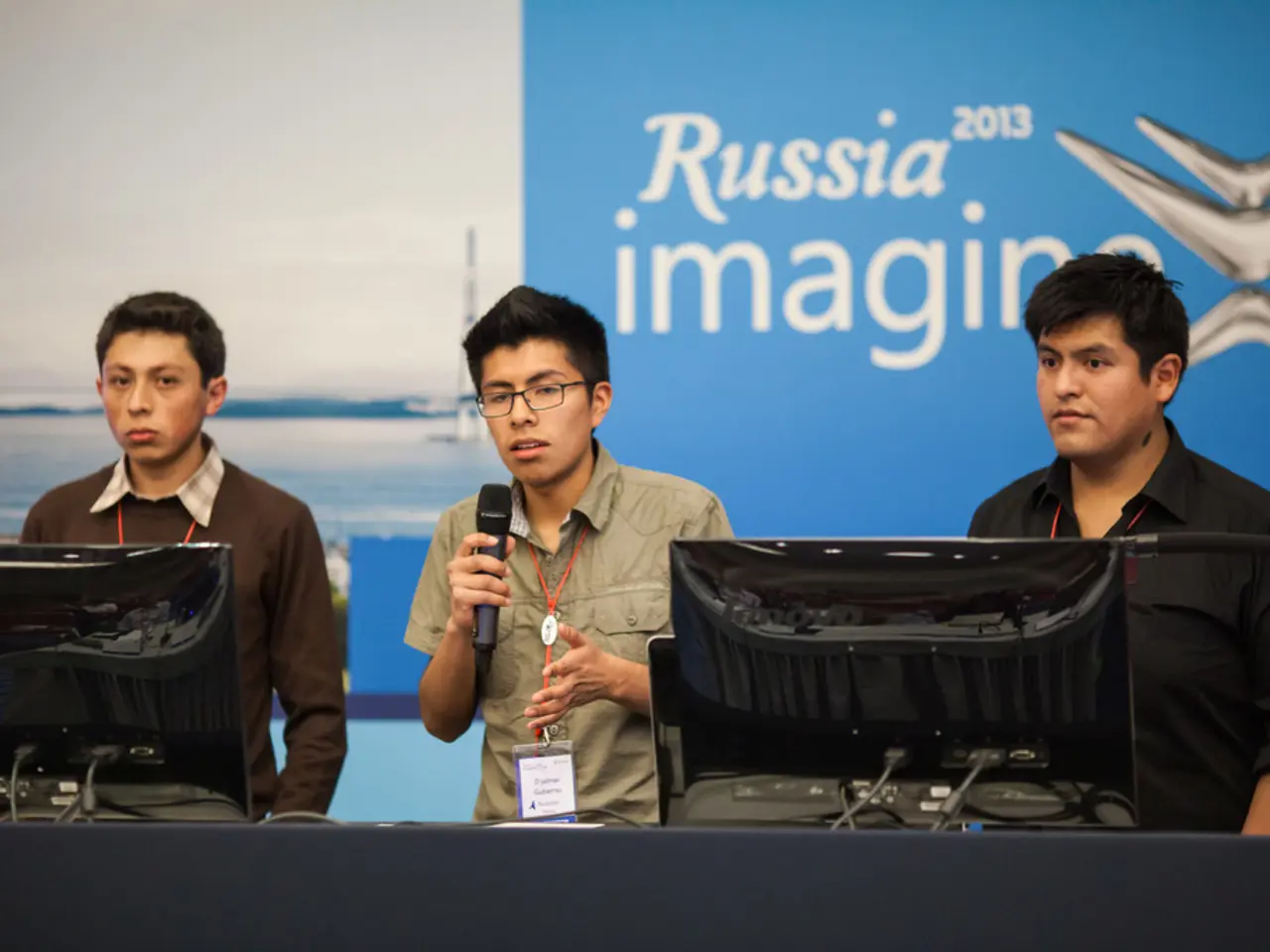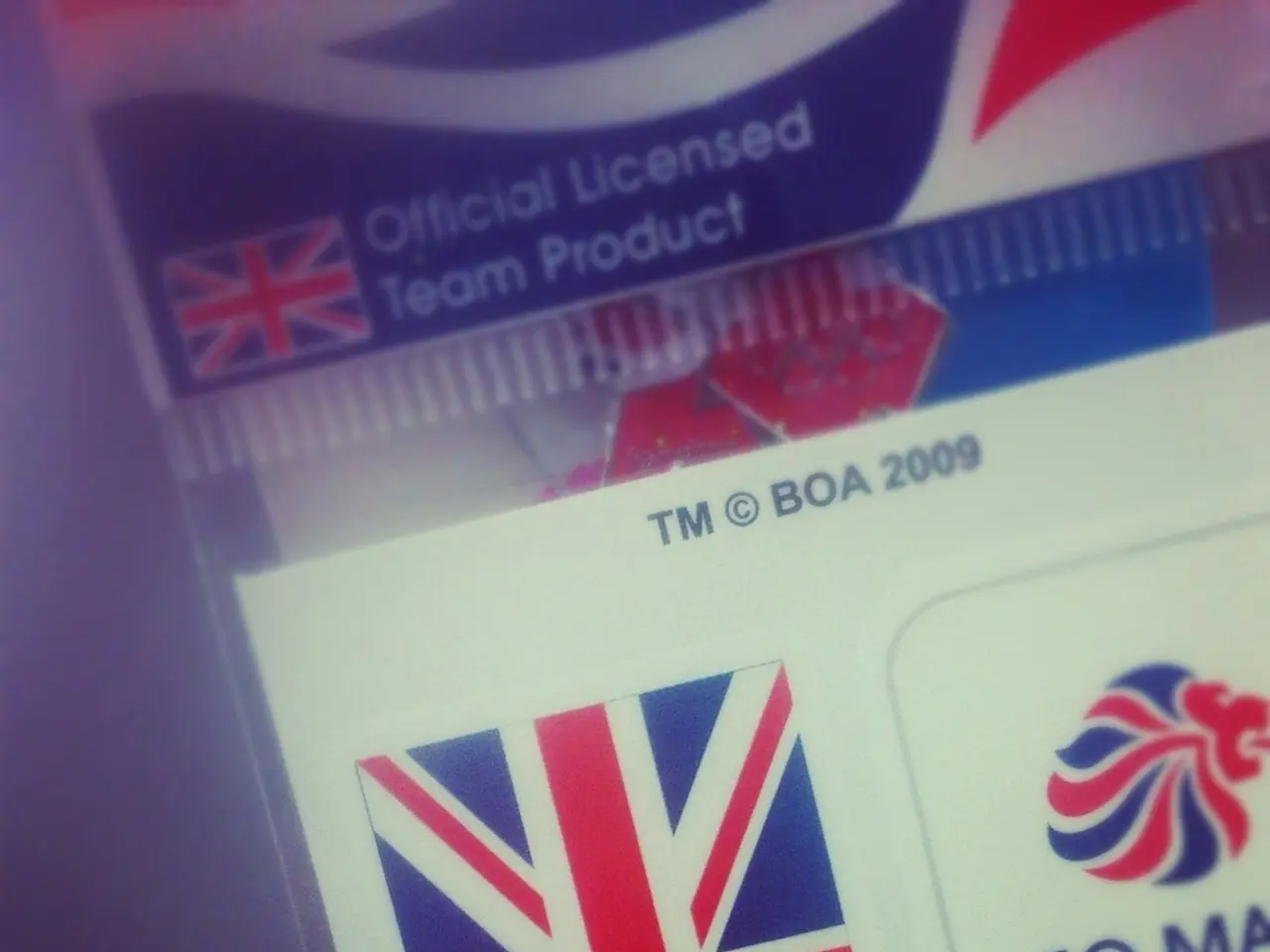Examining Lessons from the Second Battle of Fallujah: A Look into Urban Combat Through Case Study Analysis
In November 2004, a coalition task force, comprising US Marine reconnaissance, infantry, Army mechanized infantry, and Iraqi commando units, entered the city of Fallujah for the Second Battle of Fallujah, also known as Operation Phantom Fury [1]. This significant urban warfare engagement offers valuable lessons on the importance of extensive planning, effective use of intelligence, and integrating information campaigns [2].
The battle's success was grounded in combined arms cooperation, disciplined clearing tactics, adaptability to terrain, and specialized training. The key factors that enabled U.S. forces to minimize casualties while inflicting heavy losses on insurgents included coordination between infantry, armor, and air support, house-to-house clearing and close-quarters combat, the use of specialized unit capabilities, terrain utilization and adaptability, and high levels of organization and training [3].
In urban environments, defenders, especially insurgents who used ambush tactics and terrain advantage, often have the upper hand. However, U.S. forces counterbalanced this by leveraging training, technology, and combined arms support [1]. Infantry units worked closely with armored vehicles and aerial assets to tackle fortified positions and reduce insurgent resistance effectively [3]. Marines and other troops performed systematic clearing of buildings, navigating narrow streets under constant threat, requiring careful planning and discipline [5].
The use of highly trained special forces and Marine units with experience in urban combat was critical to achieving objectives despite ambushes and unpredictable conditions [2]. While urban environments favor defenders, U.S. forces managed to mitigate inherent urban warfare challenges, including an enemy fighting on equal footing despite weaker overall firepower [1].
The Second Battle of Fallujah was joined by 13,500 American and British troops, 2,000 Iraqi security forces, and lasted nine days. The task force secured a hospital and two bridges spanning the Euphrates River [4]. The battle is detailed in the seventh installment of the Urban Warfare Project Case Study Series [6].
Liam Collins, PhD, a retired Special Forces colonel and coauthor of "Understanding Urban Warfare," is one of the experts who have studied the battle extensively. Major Jayson Geroux, an infantry officer with The Royal Canadian Regiment and an equally passionate military historian, has been a fervent student of urban operations training for two decades [7]. John Spencer, chair of urban warfare studies at the Urban Warfare Project's website and author of "Connected Soldiers: Life, Leadership, and Social Connections in Modern War," is another expert who has contributed to understanding the battle [8]. Spencer is also the coauthor of "Understanding Urban Warfare" and the host of the Urban Warfare Project Podcast.
Major Jayson Geroux has operational tours to the former Yugoslavia (Bosnia-Herzegovina) and Afghanistan, and has served twenty-eight years in the Canadian Armed Forces [7]. Liam Collins, PhD has deployments to Iraq, Afghanistan, Bosnia, the Horn of Africa, and South America [9].
Coalition forces secured the city remarkably quickly, with additional weeks needed to fully clear it [4]. These lessons learned from the Second Battle of Fallujah continue to shape the strategies and tactics used in urban warfare today.
References:
- https://www.jstor.org/stable/41561300
- https://www.jstor.org/stable/41561302
- https://www.jstor.org/stable/41561303
- https://www.jstor.org/stable/41561304
- https://www.jstor.org/stable/41561305
- https://www.jstor.org/stable/41561306
- The Second Battle of Fallujah, also known as Operation Phantom Fury, demonstrated the importance of integrated leadership, intelligence, and information campaigns during military engagements in urban warfare.
- The key to minimizing casualties and inflicting heavy losses on insurgents in urban environments lies in coordination between infantry, armor, air support, and the use of specialized unit capabilities.
- In the Second Battle of Fallujah, military experts like retired Special Forces colonel Liam Collins and infantry officer Major Jayson Geroux have underscored the importance of adaptability to terrain and systematic clearing of buildings in urban combat.
- Adeptness in urban warfare is not solely about firepower; specialized training, such as that received by US Marines and other troops, plays a crucial role in securing objectives, even in ambush-heavy, unpredictable conditions.
- The lessons learned from the Second Battle of Fallujah have continued to inform strategies and tactics in defense, warfare, and politics related to war and conflicts, with scholars and military leaders still studying its impact on general-news and urban warfare training.





